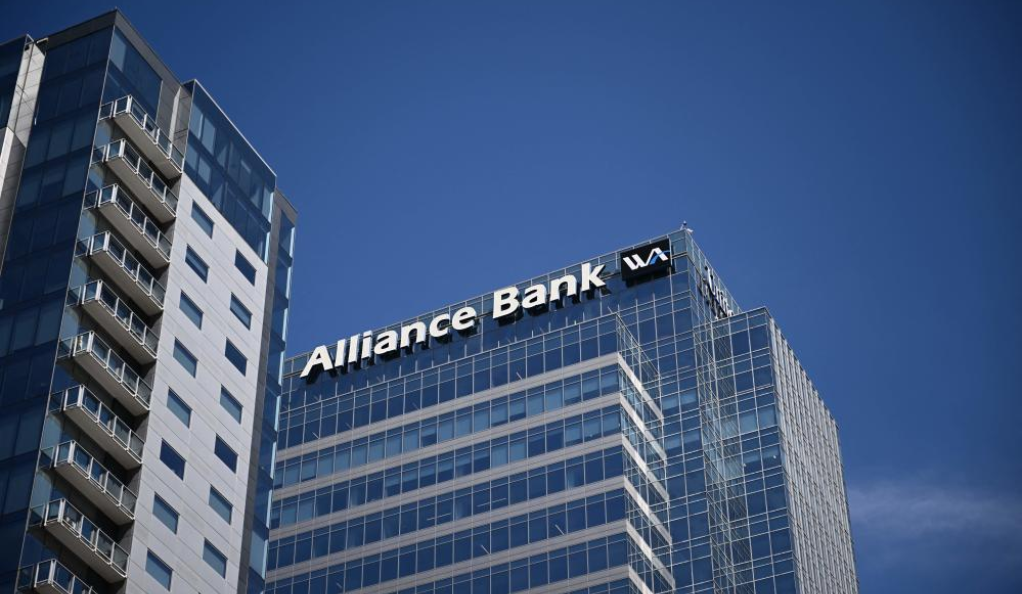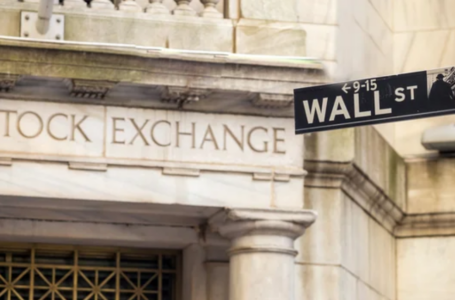Unconventional Banks Face Unexpected Deposit Decline
In recent years, unconventional banks have emerged as a disruptive force in the financial industry. These banks, also known as challenger banks or neobanks, have gained popularity among consumers due to their innovative approach and digital-first services. However, industry experts are now scratching their heads as they try to understand the sudden decline in deposits experienced by these unconventional banks. This unexpected development has raised questions about the sustainability of their business models and the potential challenges they may face in the future.

Factors Contributing to Deposit Decline
One key factor contributing to the deposit decline is the intense competition among unconventional banks themselves. As more players enter the market and offer similar services, customers are becoming more inclined to spread their deposits across multiple accounts. This behavior reduces the concentration of deposits in any single bank, resulting in a decrease in overall deposits for each individual bank. The rise of open banking and banking platforms has made it easier for customers to compare and switch between different providers, further exacerbating this problem.
Another factor impacting unconventional banks is the low interest rate environment. With central banks around the world implementing policies to stimulate economic growth, interest rates have plummeted. This has made it less attractive for consumers to keep their money in traditional savings accounts, where the returns are minimal. Unconventional banks, which often offer higher interest rates or innovative investment options, were initially able to attract deposits. However, as interest rates have fallen across the board, the incentive for customers to switch to unconventional banks has diminished, leading to a decline in deposits.
The Way Forward for Unconventional Banks
To address the deposit decline, unconventional banks need to reassess their strategies and find new avenues for growth. One approach could be to diversify their revenue streams by expanding their product offerings beyond traditional banking services. For example, some unconventional banks have ventured into lending, wealth management, or even partnerships with other fintech companies to create a comprehensive financial ecosystem. By offering a broader range of services, unconventional banks can not only attract new customers but also increase the value proposition for existing ones, potentially stemming the deposit decline.
Moreover, unconventional banks must focus on building customer loyalty and engagement. In a highly competitive market, retaining existing customers is as crucial as acquiring new ones. By providing personalized experiences, excellent customer service, and innovative features, these banks can differentiate themselves from the competition and increase customer stickiness. Additionally, implementing robust marketing strategies to raise awareness about their unique offerings and benefits can help unconventional banks in attracting a wider customer base.
The sudden decline in deposits faced by unconventional banks has undoubtedly been a cause for concern among industry experts. However, by adapting their strategies to the changing landscape, unconventional banks can overcome these challenges and continue to thrive. As the financial industry evolves, it will be interesting to see how these disruptive players navigate the waters and shape the future of banking.
AllIn1Bitcoins works diligently to offer impartial and trustworthy data on cryptocurrency, finance, trading, and stocks. Nonetheless, we are unable to furnish financial counsel and encourage users to undertake their own inquiries and due diligence.












